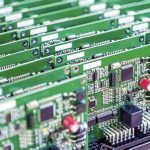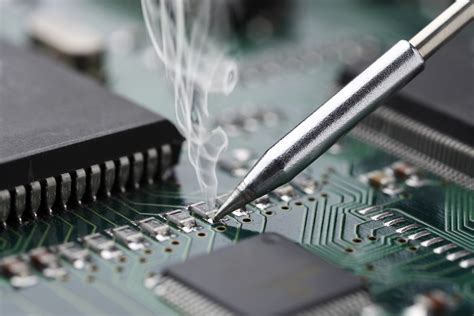
Blog
-
7 Steps to Finish Electronic PCB Assembly
Posted by
–
 Read more: 7 Steps to Finish Electronic PCB Assembly
Read more: 7 Steps to Finish Electronic PCB AssemblyIntroduction to PCB Assembly Printed Circuit Board (PCB) assembly is the process of soldering or mounting electronic components onto a PCB. It is a crucial step in the manufacturing of electronic devices, as it transforms the bare PCB into a functional circuit board that can be used in various applications. […]
-
Flexible PCB Assembly Companies
Posted by
–
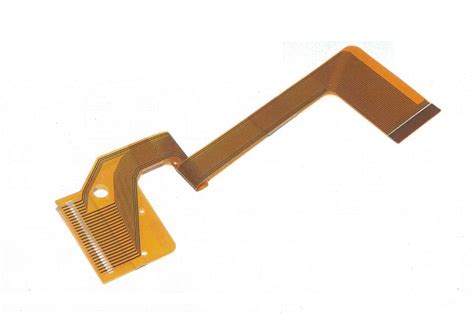 Read more: Flexible PCB Assembly Companies
Read more: Flexible PCB Assembly CompaniesWhat is FPC Assembly? FPC assembly refers to the process of mounting electronic components onto a flexible printed circuit board. Unlike traditional rigid PCBs, flexible PCBs are made from thin, flexible materials such as polyimide or polyester. This flexibility allows for the creation of compact and lightweight electronic devices that […]
-
Double Sided PCB Assembly Companies
Posted by
–
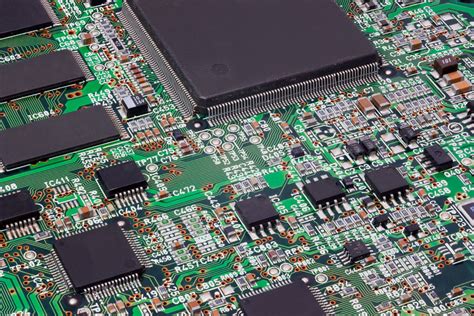 Read more: Double Sided PCB Assembly Companies
Read more: Double Sided PCB Assembly CompaniesIntroduction to Double Sided PCB Assembly Double sided PCB assembly, also known as two-layer PCB assembly, is a process of assembling electronic components on both sides of a printed circuit board (PCB). This type of PCB assembly is widely used in various industries, including consumer electronics, automotive, aerospace, and medical […]
-
 Read more: Functional Testing PCB Assembly Services in China
Read more: Functional Testing PCB Assembly Services in ChinaWhat is PCB Assembly? PCB assembly is the process of assembling electronic components onto a printed circuit board (PCB) to create a functional electronic device. The process involves several stages, including: PCB design and fabrication Component selection and procurement Solder paste application Component placement Soldering Inspection and testing Each stage […]
-
Reflow Soldering PCB Assembly Services in China
Posted by
–
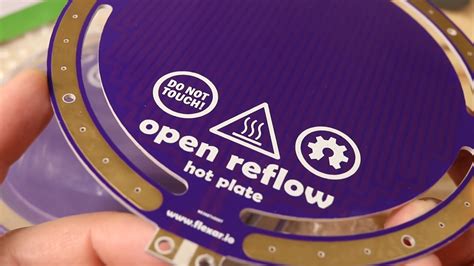 Read more: Reflow Soldering PCB Assembly Services in China
Read more: Reflow Soldering PCB Assembly Services in ChinaIntroduction to Reflow PCB Assembly Reflow soldering is a widely used technique in the electronics manufacturing industry for assembling printed circuit boards (PCBs). This process involves applying solder paste to the PCB, placing components onto the board, and then heating the entire assembly in a reflow oven to melt the […]
-
PCB Assembly Companies in China
Posted by
–
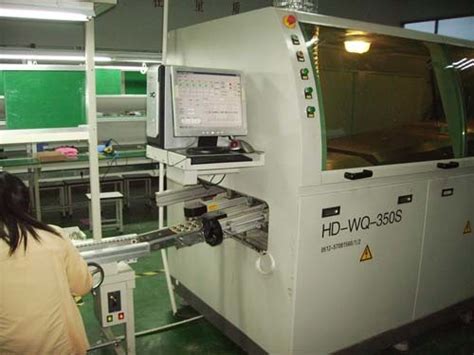 Read more: PCB Assembly Companies in China
Read more: PCB Assembly Companies in ChinaThe Rise of PCB Manufacturing in China Over the past few decades, China has become a hub for PCB manufacturing and assembly due to several factors: Low labor costs: China’s vast workforce and relatively low labor costs have attracted many international companies to outsource their PCB Assembly needs. Government support: […]
-
Bed-of-Nails Test in Electrical Testing
Posted by
–
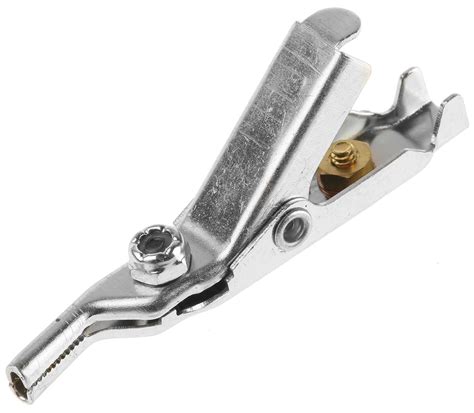 Read more: Bed-of-Nails Test in Electrical Testing
Read more: Bed-of-Nails Test in Electrical TestingWhat is a Bed-of-Nails Test? A bed-of-nails test, also known as a bed-of-pins test or a fixture test, is a method used in electrical testing to verify the functionality and quality of printed circuit boards (PCBs) and electronic assemblies. This test involves using a specialized fixture equipped with an array […]
-
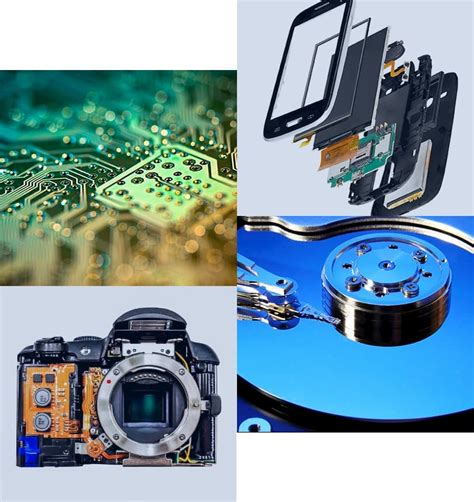 Read more: Uyemura to Provide Solutions to eSurface Licensees
Read more: Uyemura to Provide Solutions to eSurface LicenseesUyemura-eSurface Partnership: A Game-Changer in Surface Finishing Industry In a groundbreaking collaboration, Uyemura International Corporation and eSurface Technologies have formed a strategic partnership to revolutionize the surface finishing industry. This alliance aims to provide cutting-edge solutions to eSurface licensees, enabling them to achieve unparalleled results in their manufacturing processes. About […]
-
The Ultimate Guide to Flying Probe Test in PCBA
Posted by
–
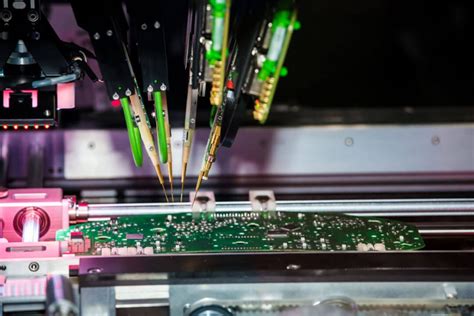 Read more: The Ultimate Guide to Flying Probe Test in PCBA
Read more: The Ultimate Guide to Flying Probe Test in PCBAWhat is Flying Probe Testing? Flying Probe Testing is an automated testing method used to verify the electrical continuity, component placement, and circuit functionality of PCBAs. Unlike traditional Bed-of-Nails Testing, which requires a custom-built fixture, Flying Probe Testing utilizes mobile probes that can move freely across the surface of the […]
-
Board Plating and Hole Plating
Posted by
–
 Read more: Board Plating and Hole Plating
Read more: Board Plating and Hole PlatingIntroduction to Plating in Electronics Manufacturing Plating is a crucial process in the manufacturing of printed circuit boards (PCBs) and electronic components. It involves the deposition of a thin layer of metal onto the surface of a substrate, such as a PCB or a component lead. Plating serves multiple purposes, […]
